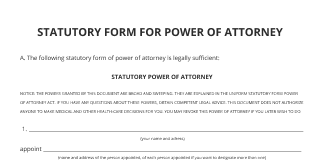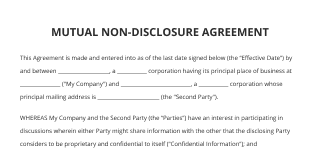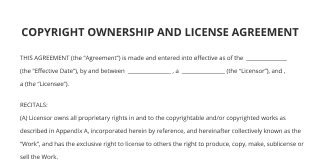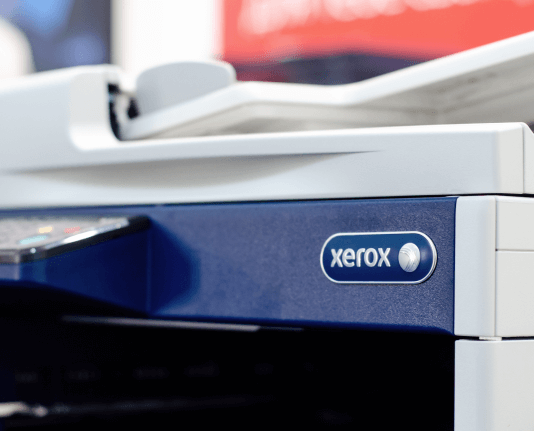Understanding the Difference between Statement and Invoice for Your Business Needs
Move your business forward with the airSlate SignNow eSignature solution
Add your legally binding signature
Integrate via API
Send conditional documents
Share documents via an invite link
Save time with reusable templates
Improve team collaboration
See airSlate SignNow eSignatures in action
Understanding the Definition of a Statement
A statement is a financial document that summarizes all transactions between a business and a customer over a specific period, typically a month. It provides an overview of the customer's account activity, including purchases, payments, and any outstanding balances. Statements are often used to keep customers informed about their account status and can help in tracking spending and managing budgets.
Statements do not serve as requests for payment; rather, they act as a record of transactions. They may include details such as:
- Account holder information
- Transaction dates
- Descriptions of transactions
- Amounts debited or credited
- Current balance
Defining an Invoice
An invoice is a formal request for payment issued by a seller to a buyer for goods or services provided. It includes specific details about the transaction, such as the quantity of items, prices, and payment terms. Invoices are essential for businesses as they serve as legal documents that can be used for accounting and tax purposes.
Key components of an invoice typically include:
- Invoice number
- Seller and buyer contact information
- Description of goods or services
- Payment due date
- Total amount due
Key Differences Between a Statement and an Invoice
While both statements and invoices are important financial documents, they serve different purposes and contain distinct information. Understanding these differences can help businesses manage their finances more effectively.
Some of the main differences include:
- Purpose: A statement provides a summary of all transactions over a period, while an invoice requests payment for specific goods or services.
- Frequency: Statements are usually generated monthly, whereas invoices are issued as transactions occur.
- Content: Statements include a history of transactions, while invoices detail individual sales.
- Payment Request: An invoice explicitly requests payment, whereas a statement does not.
When to Use a Statement vs. an Invoice
Choosing between a statement and an invoice depends on the context of the financial transaction. Use a statement when you want to provide a summary of account activity to a customer, helping them understand their overall financial relationship with your business. This can be particularly useful for ongoing accounts or subscriptions.
On the other hand, use an invoice when you need to request payment for specific goods or services provided. This is essential for maintaining cash flow and ensuring that your business receives timely payments.
Practical Applications in Digital Workflows
In a digital document workflow, understanding the difference between a statement and an invoice can streamline processes. For example, businesses can use airSlate SignNow to create and send invoices quickly, ensuring that payment requests are clear and professional. Additionally, generating statements digitally allows for easy tracking of customer accounts and can enhance customer communication.
By utilizing tools like airSlate SignNow, businesses can prepare, send, and manage both statements and invoices efficiently, reducing administrative burdens and improving financial clarity.
airSlate SignNow solutions for better efficiency
Our user reviews speak for themselves






Why choose airSlate SignNow
-
Free 7-day trial. Choose the plan you need and try it risk-free.
-
Honest pricing for full-featured plans. airSlate SignNow offers subscription plans with no overages or hidden fees at renewal.
-
Enterprise-grade security. airSlate SignNow helps you comply with global security standards.

Grasping the distinction between statement and invoice
When overseeing company finances, it's vital to grasp the distinction between statement and invoice. Both documents fulfil unique roles in monitoring transactions and payments. This guide will lead you through the advantages of employing airSlate SignNow for your document signing requirements, ensuring you can effectively handle your invoicing and statements.
Steps to investigate the distinction between statement and invoice using airSlate SignNow
- Launch your web browser and go to the airSlate SignNow website.
- Set up a free trial account or access your existing account.
- Choose the document you want to sign or send for signatures.
- If you intend to reuse this document, save it as a template for future reference.
- Open your document to make needed modifications, such as adding fillable fields or inserting specific details.
- Sign the document and add signature fields for the recipients.
- Click 'Continue' to set up and send an eSignature invitation.
airSlate SignNow delivers a strong return on investment with its comprehensive features designed for small to mid-sized enterprises. Its intuitive interface facilitates easy scaling, ensuring that your document management requirements expand alongside your business. Furthermore, the straightforward pricing structure means no hidden charges, and all paid plans include excellent 24/7 support.
In summary, grasping the distinction between statement and invoice is critical for efficient financial management. By using airSlate SignNow, you can simplify your document workflows and improve your business operations. Begin your free trial today and discover the advantages firsthand!
How it works
airSlate SignNow features that users love
Get legally-binding signatures now!
FAQs
-
What is the difference between statement and invoice?
Invoices give buyers itemized run-downs of what they've bought and when. Buyers can also pay on invoices. Statements, however, are used to tabulate account transactions and outstanding totals. -
What is the difference between an invoice and an itemized statement?
Invoices give buyers itemized run-downs of what they've bought and when. Buyers can also pay on invoices. Statements, however, are used to tabulate account transactions and outstanding totals. Timing. -
What is the difference between an invoice and a statement of work?
Use an invoice for a single transaction or when you request payment for specific goods or services. Issue a statement to manage ongoing account relationships, summarize multiple transactions, or address outstanding balances. -
Do you pay on an invoice or statement?
A statement is an official record of fees charged and payments made to your account. The statement shows you the total amount due at the statement end date and how to pay. A tax invoice is a 'bill' that needs to be paid, you can provide it to organisations or people who need it for tax purposes. -
Are SOA and invoice the same?
An invoice is a request for a single payment. A statement of account, on the other hand, is more like your billing history – it tracks multiple invoices, payments, and credits over time. It tells the full story, not just one chapter. So if you're working with a client long-term, a statement helps you both keep track. -
What is the difference between a vendor statement and an invoice?
While an invoice relates to a specific transaction, a statement can cover multiple transactions. It's a document used when buyers owe the business money on account. The statement is a current report showing the customer's account status, reflecting payments already made and outstanding invoices. -
What is the difference between a statement of work and an invoice?
An invoice and a statement are both financial documents but serve different purposes in business transactions. An invoice is a request for payment for specific goods or services rendered, while a statement is a summary of all account activity over a specific period.
What active users are saying — difference between statement and invoice
Related searches to Understanding the difference between statement and invoice for your business needs
Get more for difference between statement and invoice
- Enhance your SuiteCRM configuration for seamless document management
- Unlock the power of SuiteCRM integration for seamless document management
- Elevate your business efficiency with Thrive CRM software
- Transform your workflow with WordPress CRM
- Streamline your workflows with Zoho API integration
- Enhance your Zoho CRM access with seamless document eSigning
- Discover the Zoho CRM app store for airSlate SignNow
- Enhance your workflow with Zoho CRM connection
Find out other difference between statement and invoice
- Make the most out of our AI-driven tools to sign ...
- Empowering your workflows with AI for bank loan ...
- Empowering your workflows with AI for bill of lading ...
- Empowering your workflows with AI for car lease ...
- Empowering your workflows with AI for child custody ...
- Empowering your workflows with AI for engineering ...
- Empowering your workflows with AI for equipment sales ...
- Empowering your workflows with AI for grant proposal ...
- Empowering your workflows with AI for lease termination ...
- Empowering your workflows with AI for postnuptial ...
- Empowering your workflows with AI for retainer ...
- Empowering your workflows with AI for sales invoice ...
- Empowering your workflows with AI tools for signing a ...
- Start Your eSignature Journey: sign pdf documents
- Start Your eSignature Journey: online pdf signer
- Start Your eSignature Journey: sign doc online
- Start Your eSignature Journey: sign documents online
- Start Your eSignature Journey: sign the pdf online
- Start Your eSignature Journey: signing on pdf online
- Start Your eSignature Journey: sign any document online






























